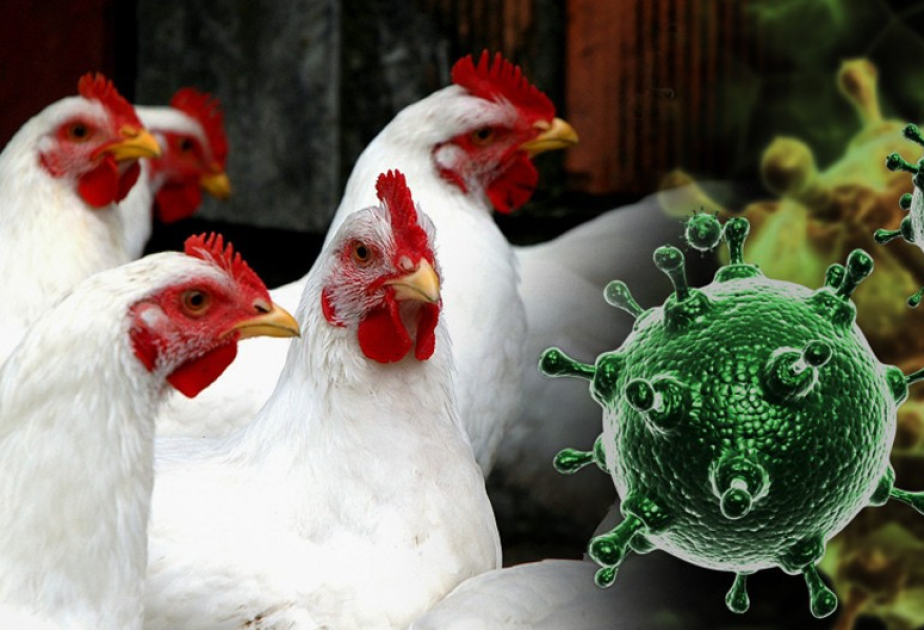WORLD
WHO confirms human case of bird flu in India
12.06.2024 [16:10]
A+ A-
Baku, June 12, AZERTAC
The World Health Organisation (WHO) on June 11 said that a case of human infection with bird flu caused by the H9N2 virus was detected in a four-year-old child in the eastern Indian state of West Bengal, according to the official WHO website.
This is the second human infection of avian influenza A(H9N2) notified from India, with the first in 2019, the WHO said.
According to the International Health Regulations (IHR) (2005), a human infection caused by a novel influenza A virus subtype is an event that has the potential for high public health impact and must be notified to the WHO. Most human cases of infection with avian influenza A(H9N2) viruses are exposed to the virus through contact with infected poultry or contaminated environments. Human infection tends to result in mild clinical illness. Based on available information, further sporadic human cases could occur as this virus is one of the most prevalent avian influenza viruses circulating in poultry in different regions. With the currently available evidence, WHO assesses the current public health risk to the general population posed by this virus as low. However, the risk assessment will be reviewed should further epidemiological or virological information become available.
The patient was admitted to the paediatric intensive care unit of a local hospital due to persistent severe respiratory issues, high fever and abdominal cramps in February. He was discharged three months later after diagnosis and treatment, the WHO said.
The patient had exposure to poultry at home and in his surroundings, the agency said. It added that no other person in his family and in contact with him reported symptoms of respiratory illness.
While the H9N2 virus typically cause mild illness, the UN agency said that more sporadic human cases could occur as this virus is one of the most prevalent avian influenza viruses circulating in poultry in different regions.
Animal influenza viruses normally circulate in animals but can also infect humans. Infections in humans have primarily been acquired through direct contact with infected animals or through indirect contact with contaminated environments. Depending on the original host, influenza A viruses can be classified as avian influenza, swine influenza, or other types of animal influenza viruses.
Avian influenza virus infections in humans may cause diseases ranging from mild upper respiratory tract infection to more severe diseases and can be fatal. Conjunctivitis, gastrointestinal symptoms, encephalitis and encephalopathy have also been reported.
Laboratory tests are required to diagnose human infection with influenza. WHO periodically updates technical guidance protocols for the detection of zoonotic influenza using molecular methods.









